The trouble with urban beekeeping
Trying to help the bees? Here's why experts say it’s time to rein in the honeybee craze and turn to pollinator gardens instead.

Dinah Robinson stirs a tablespoon of honeycomb into her tea as the enamel bee pin attached to her midnight blue vest watches closely. We chose to meet at this café partly because Robinson lives close by, but also because this isn’t just any honey on its shelves – it’s the honey her bees made. Robinson’s business, Bytown Bees, has 10 hives in Douglas, Ont., an hour west of Ottawa.
During our chat, Robinson tells me about how she began beekeeping: setting up hives in the backyard of her home in downtown Ottawa in 2018 to support food security. Though she has since relocated her bees to her cottage, she is not the only one to have taken up urban beekeeping in recent years, as more and more city-dwellers, businesses and even institutions such as schools and museums embrace the practice.
Now, beehives are popping up all over cities, from residential backyards to the roofs of landmark buildings. As of 2023, there were more than 15,000 beekeepers in Canada – almost 800 more than the year before, and the highest number since 1988, according to Statistics Canada. In Montreal, the number of honeybee colonies soared from 250 in 2013 to 3,000 in 2020. That’s a twelvefold increase in only seven years, according to a 2023 study by a team of biology researchers.
Urban beekeepers focus on honeybees, which in much of the world are a non-native, domesticated species that is threatening to out-compete native, wild species for food sources in urban areas. Honeybees can also introduce diseases to which native bees have little natural resistance. That’s why a growing number of scientists are sounding the alarm about urban beekeeping, warning that it may be doing more harm than good – and that if we truly want to support biodiversity in our cities, we should skip honeybees in favour of diverse pollinator gardens rich in native plant species.
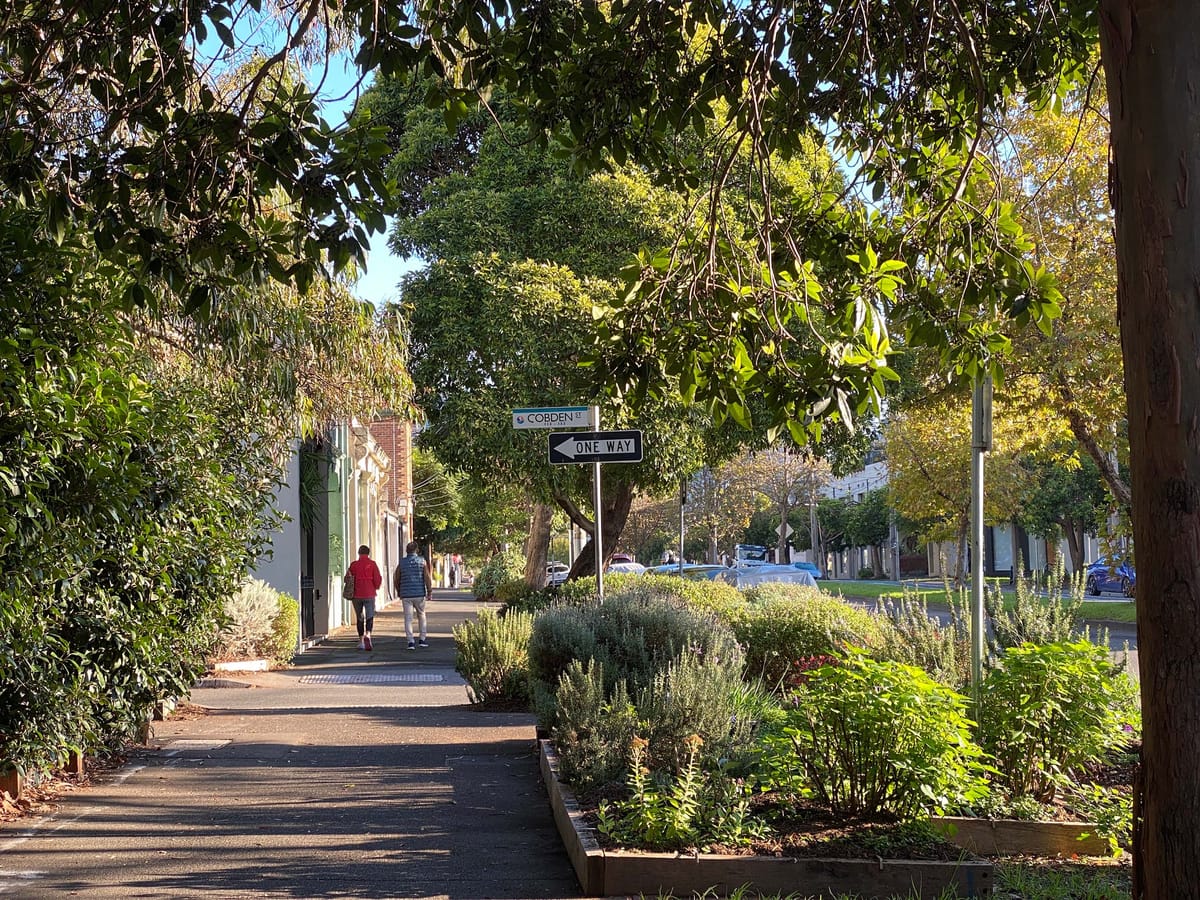
Urban beekeeping is a worldwide trend that stems from the local food movements of the early 2000s, according to a 2021 study in the journal People and Nature. Around the same time, alarming reports of a rapid decline in the number of honeybee colonies began to emerge: by 2006, commercial beekeepers in the U.S. were reporting annual losses of about 30 percent of total colonies. The trend was ascribed to various causes including diseases such as the varroa mite and colony collapse disorder, in which worker honeybees abandoned their queen and young for unknown reasons.
The news galvanized people concerned about the fate of these pollinators, prompting ordinary citizens and businesses to set up honeybee colonies in the middle of major urban centres.
Today, the beekeeping craze shows no sign of slowing down: the number of beekeepers in Canada rose by almost 24 percent from 2017 to 2021 while the number of pollinator colonies rose 2.5 per cent during that same period, Statistics Canada reported.
In Ontario, residents are allowed to introduce beehives as long as they are 30 metres away from other property lines, according to the Ontario Bees Act. But rules are often not enforced until someone complains, making it relatively easy for residents to invite honeybees into their neighbourhoods.

Their efforts are generally well-intentioned. The Canadian Environmental Network points out that urban beekeeping allows people to connect with their community, benefits their mental and physical health and provides environmental education and a source of income for small businesses. It’s also a hyperlocal source of food.
The challenges introduced by urban beekeeping aren’t unique to Canada. Though the western honeybee (Apis mellifera) typically raised by beekeepers is native to Europe and thus may not pose the same risks to that region through urban beekeeping, the European Union implemented an initiative in 2018 to promote projects to protect wild pollinators. In fact, 30 percent of wild bee species threatened in Europe are found nowhere else in the world. In the UK in particular, research has shown that there is insufficient pollen and nectar in cities to support the number of honeybees, let alone other types of bee, and that urban beekeeping could be harming biodiversity.
Settlers brought the species to North America in the 17th century for the mass-production of honey, says Scott MacIvor, an applied conservation biology professor at the University of Toronto who specializes in human-pollinator interactions at the UofT Biodiversity of Urban Green Spaces (BUGS) lab. The lab supports local biodiversity and community-building through urban planning.
“I'm not exceedingly concerned about certain native bees going extinct per se,” MacIvor says. “But there is going to be a huge effect on an abundance of a lot of these species. And that can have a lot of ramifications on the pollination of certain kinds of plants and so on.”
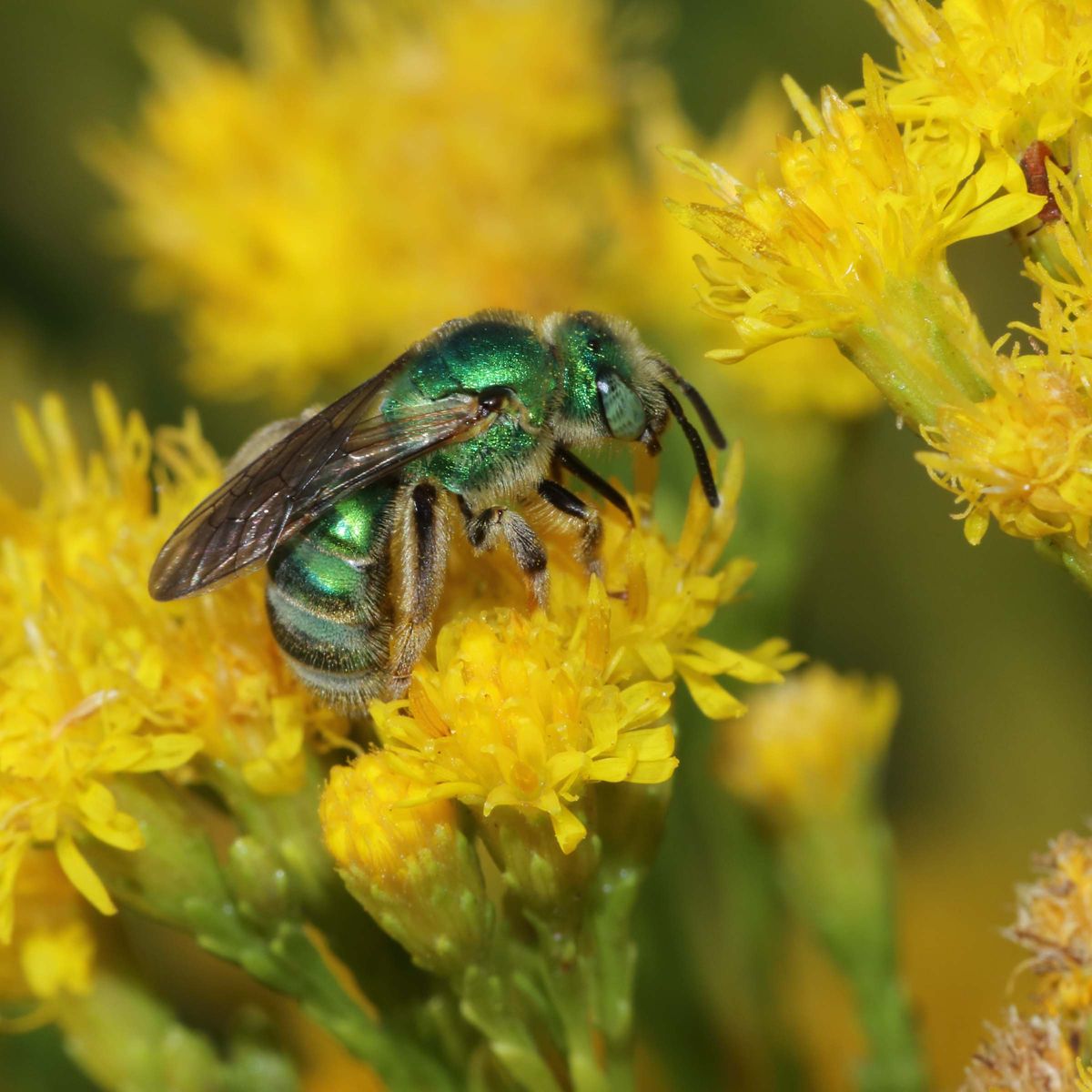
In Canada, there are more than 800 species of native bees, eight of which are listed under the Species at Risk Act – and none of which make honey.
Amro Zayed, genomics research chairperson at York University, notes that the true status of the wild bee population is unclear. One of the main challenges with studying the decline of native bees lies in the fact that there are fewer human-native-bee interactions to gather data from. “With native bees we’re even more in the dark [than with honeybees],” he says. “Beekeepers are able to look at the [honeybee] colonies and inspect them and so on. With native bees, we just noticed we’d see less of them … [And] we don't really know what the causes are.”
Zayed’s research focuses on diagnosing the causes behind honey and wild bee population decline by analyzing stressors in their genetic code, as well as using selective breeding to build a honeybee that is more resilient to pesticides and unpredictable weather.
He says people often confuse native bees and honeybees when talking about population decline, and therefore direct their efforts at the wrong species. In fact, the number of honeybee colonies has stabilized in recent years, thanks to the efforts of beekeepers mitigating against colony collapse disorder and the high number of pests, according to the USDA.

Popular fears over plummeting honeybee populations are overblown, Zayed says. “Beekeepers are finding it more difficult to keep healthy colonies, but the actual number of honeybee colonies has not drastically declined and we’re not at risk of losing honeybees,” he says. For this reason, urban beekeeping can be a way to support local agriculture, but should not be portrayed as a way to save bee populations, he says.
During the summer months, a 40-hive apiary residing on wildlands for three months collects the same amount of pollen as four million wild bees, according to a 2016 study published in the U.S. Society for Conservation Biology. And one 2023 study by researchers at Concordia University showed that the decrease in available pollen due to the presence of honeybee colonies in cities puts wild bee species at risk.
The study compared Montreal’s bee population data from 10 years ago with current populations. It found that honeybees were collecting pollen more effectively and, in some cases, were leaving nothing but empty pollen buds for wild bees.

Over-reliance on honeybees also promotes the propagation of invasive species, MacIvor notes. “Because honeybees aren’t native, they disproportionately love non-native plants … and that includes lots of invasive plant species,” MacIvor says. “One of the biggest visitors to a lot of these non-native and invasive plants are honeybees, [and they] then set seeds and spread.” He adds that urban honeybees can also act as a vector for disease: they come with “their own suite of diseases, which inevitably impacts the entire industry of honey beekeeping.”
Better public education can help address that problem, according to Ron St. Louis, a beekeeping educator at Capital Bees, an Ottawa-based company that offers resources and lessons for aspiring apiarists. St. Louis says one of the main reasons behind the spread of disease is because “you can’t cage [bees] in like a goat,” and they constantly fly around, sometimes robbing from colonies that are full of sick bees and in the process of collapsing.
“When they’re taking that honey, they can get infected and spread those diseases around,” St. Louis explains. “With so many novice beekeepers who don't know what they’re doing, they're just getting a box of bees and leaving [them in] their backyard and not actually doing the work.”
The interconnectedness of nature means people must be careful about the unintended consequences of human intervention, says MacIvor. “Community and nature are all connected. When you pull the string, the string vibrates, and this is one of those kinds of situations,” he quotes from an old professor of his. “Even if you’re doing it for a certain reason, there’s other things that are also happening and you need to be cognizant of that.”
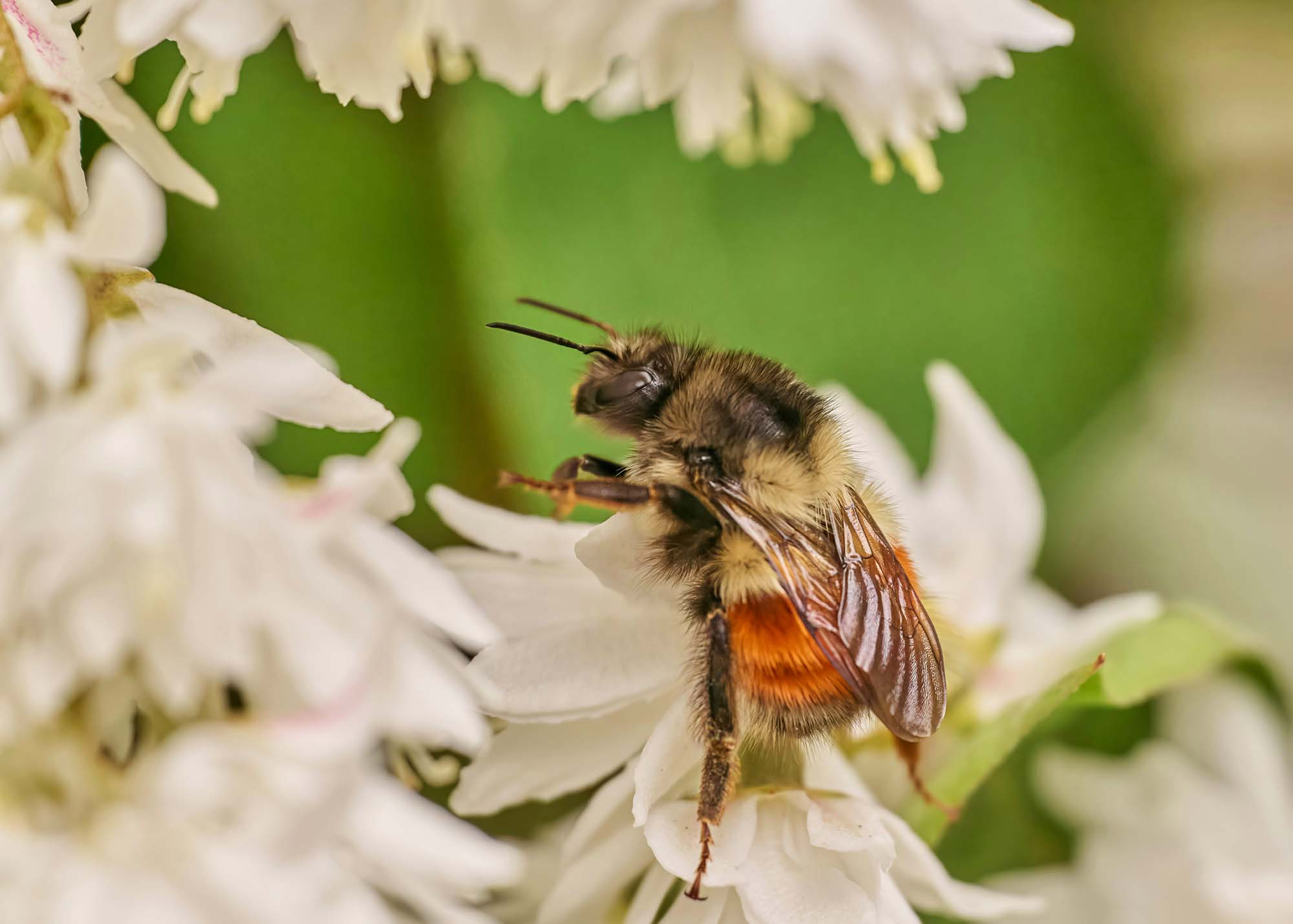
With these concerns in mind, conservationists are sharing caution about beekeeping, too.
For Jode Roberts, a program manager for the David Suzuki Foundation, this meant putting an end to a long line of urban beekeepers in his family. Roberts apprenticed with his father-in-law before eventually getting his own hives closer to his downtown Toronto residence 25 years ago.
“I was a bit anguished over hanging up my urban beekeeping gloves,” he tells me over the phone on an afternoon this past March. “My father-in-law had been keeping bees since he was a kid. His family has been keeping bees for generations, and this meant the end of that, which was heartbreaking for him.”
After evicting his hives, Roberts published an opinion piece in the Toronto Star in May 2023 encouraging other urban beekeepers to halt their practice too. “When I started, I was the only beekeeper within a couple of kilometres of downtown Toronto, and now there’s at least a half dozen within a block or two of my house,” he explains. “Three or four hives per square kilometre seems like a reasonable amount of honeybee hives to have in a landscape. But in my neighbourhood, it was three or four times that.”
Conservationists like Roberts are calling for people to prioritize building pollinator gardens instead of setting up beehives. These gardens include native plants, flowers, trees and sources of water.
St. Louis says there are plenty of other pollinators to support, including butterflies, birds and bats. Pollinator gardens support all these species, he says. “Everything’s connected. Bees are a poster child simply because the beekeepers are there working with them. But really, it’s the rest of the pollinators that are far more important than just the honeybees.”
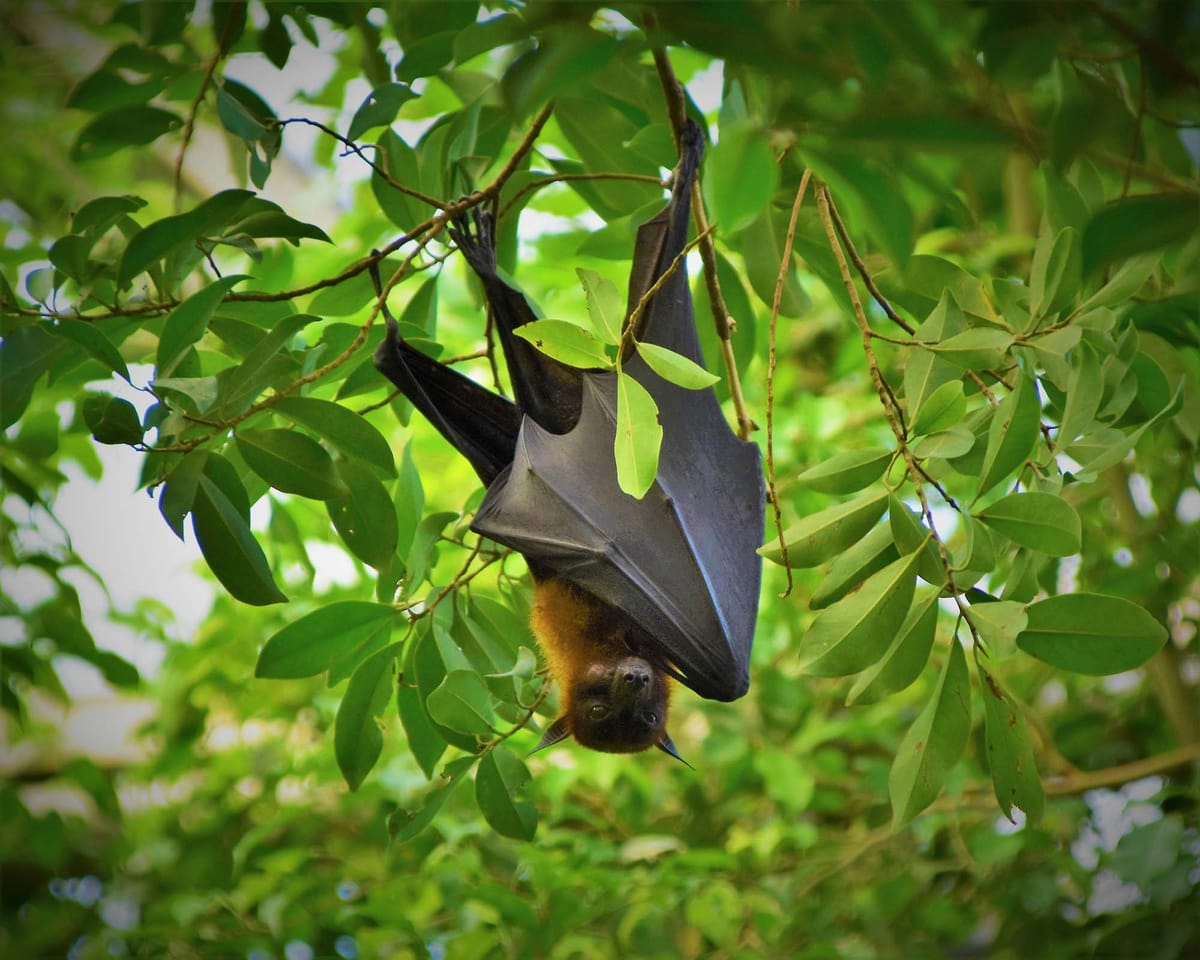
The Ontario College of Art and Design (OCAD) in downtown Toronto shifted its priorities to pollinator gardens in 2018, after the first research studies against urban beekeeping began to emerge. Victoria Ho, OCAD’s sustainability coordinator, says the pollinator garden was a better choice for the university’s unique geographic situation in the downtown core.
“Initially, I was worried that people would feel disappointed that we were moving away from beekeeping. But we’ve actually had really rich engagement with the pollinator garden,” she says. “We didn’t have any curriculum links before with just beekeeping, but now that we have a site that people can access … we have faculty that are teaching in the pollinator garden; we have faculty who’ve planted directly in the garden as part of their course.”
She says other institutions should consider the amount of space available in their community before making a similar decision and should install both pollinator gardens and urban beehives if they have the proper staffing and funding. “It’s really important not to conflate the biodiversity and the urban beekeeping conversations,” Ho says. “I think it is possible to have both. But if you do choose to pursue both, understand that they are not the same.”

However, some scientists and conservationists are hesitant to call for a full stop in urban beekeeping. There are still plenty of positives to the practice, they say, including increased food system education, improved mental health and an increased appreciation for nature.
“It’s getting people outside and getting people interacting with each other. I don’t want to be too dismissive of those important experiences that people can have,” MacIvor says, adding that people need to be aware of the consequences for wildlife and nature.
So it’s not all doom and gloom. Some beekeepers say that with the proper knowledge, urban beekeeping can be done right. For example, public education is central to the beekeepers at the Fairmont Royal York in Toronto, the first hotel in the city to adopt the practice. There are seven hives on the hotel’s roof, next to vegetable and flower gardens for the bees to pollinate as a sustainable form of local agriculture.
Head beekeeper Melanie Coates says one of the most important parts of the hotel’s beekeeping initiative is the conversations it sparks. “Part of the conversation is how do we ensure that bees have a healthy environment: when [guests] go back to their homes, they might think twice about using pesticides in their garden or on their grass,” she says. “They might think further about planting pollinator plants in their garden, so it’s going to foster a greater longevity for the bees in the area.”
For Robinson, the most crucial way to preserve pollinators in the city lies in rebuilding native habitats – made possible by citizens’ efforts to reintroduce biodiversity back into their neighbourhoods. “If you have urban bees in a concrete jungle, you probably don’t have many native pollinators anyway,” she says. “You have to have gardens in order to support both.”





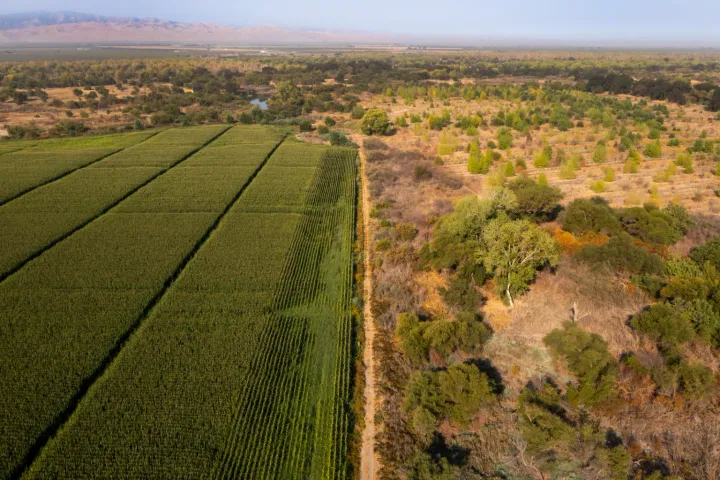

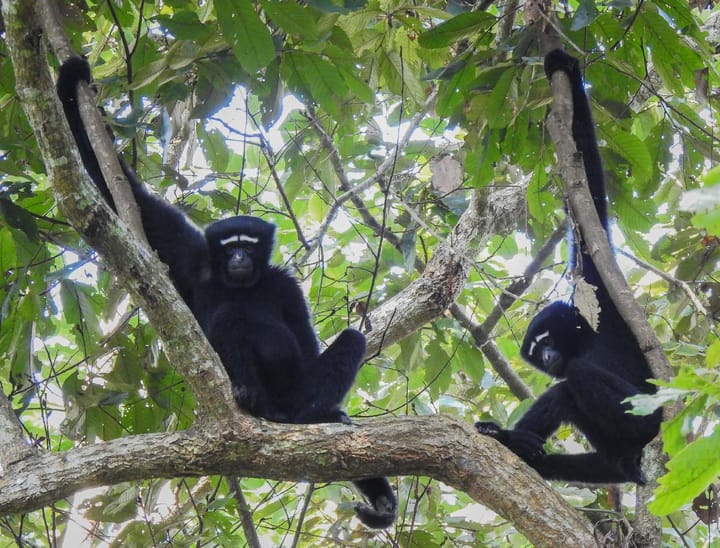

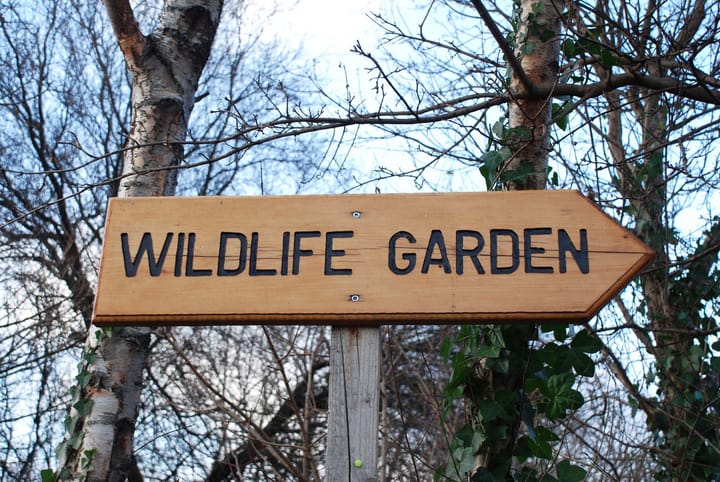
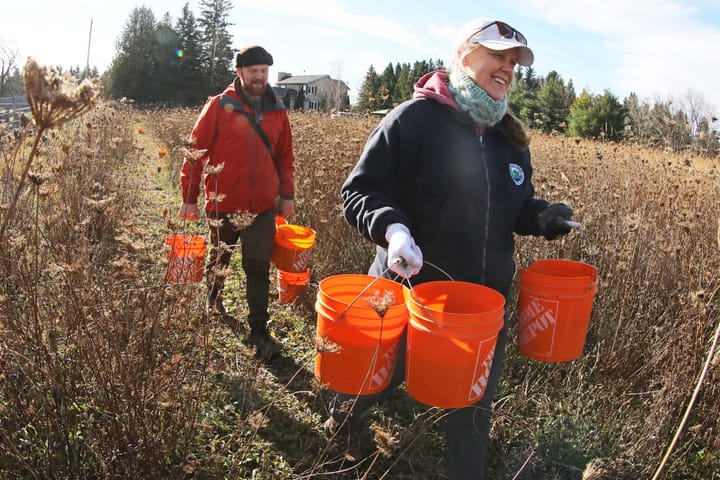
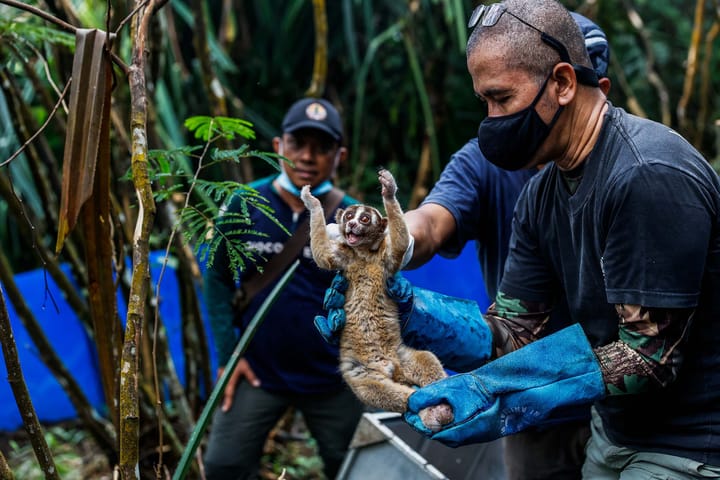
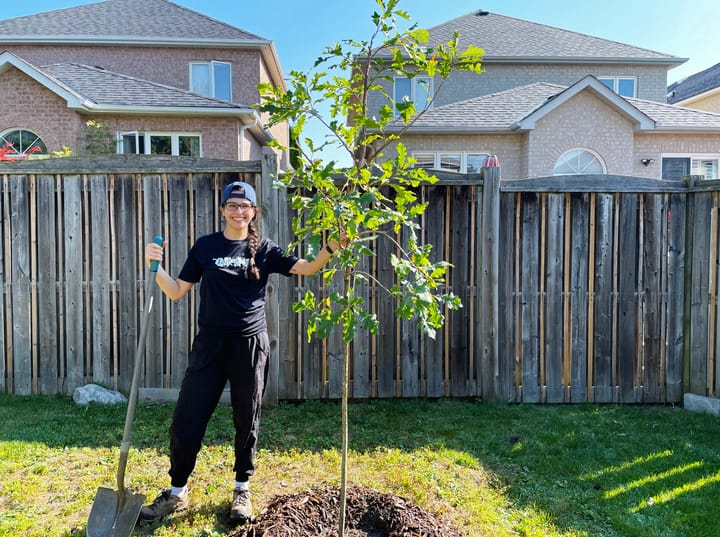
Comments ()